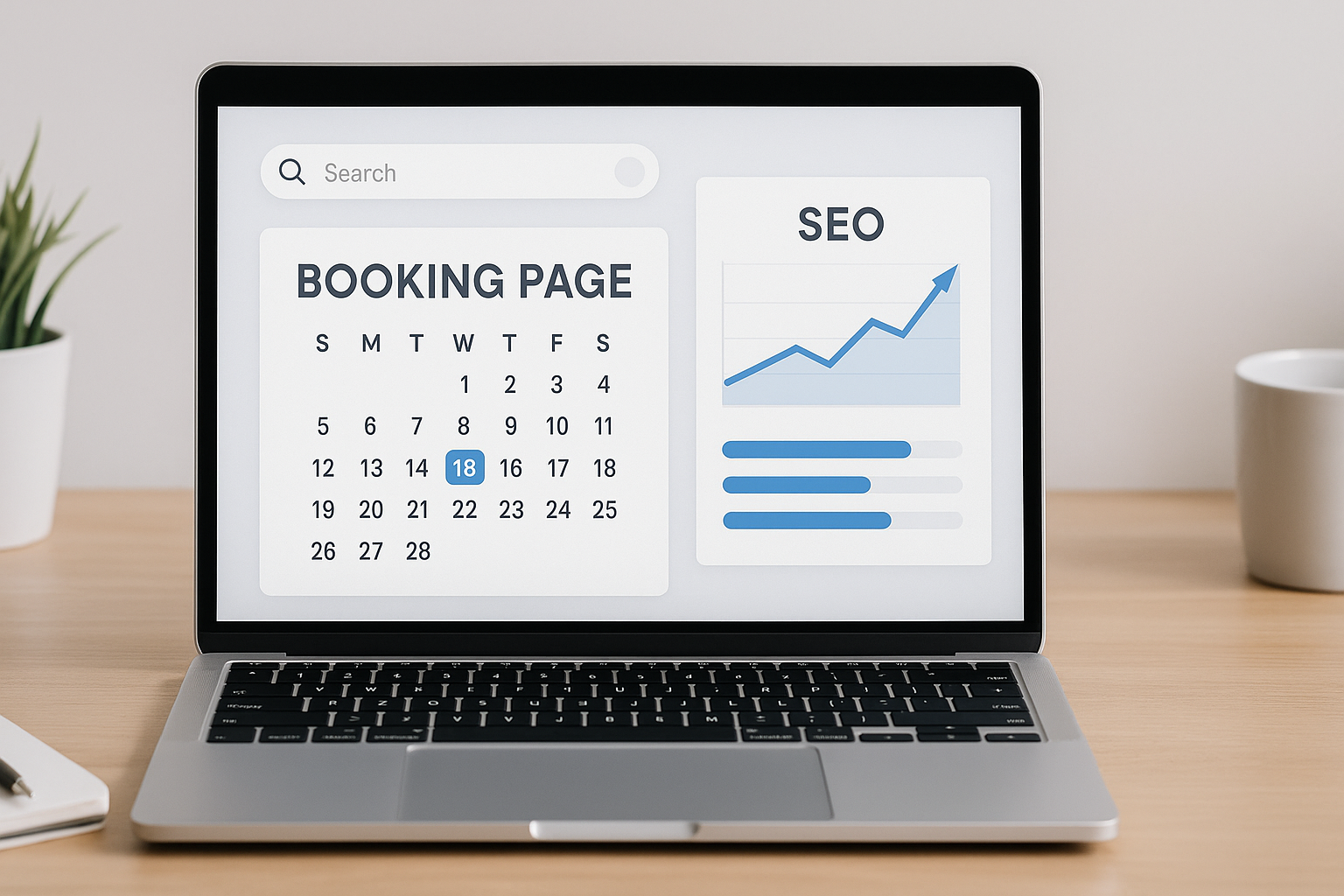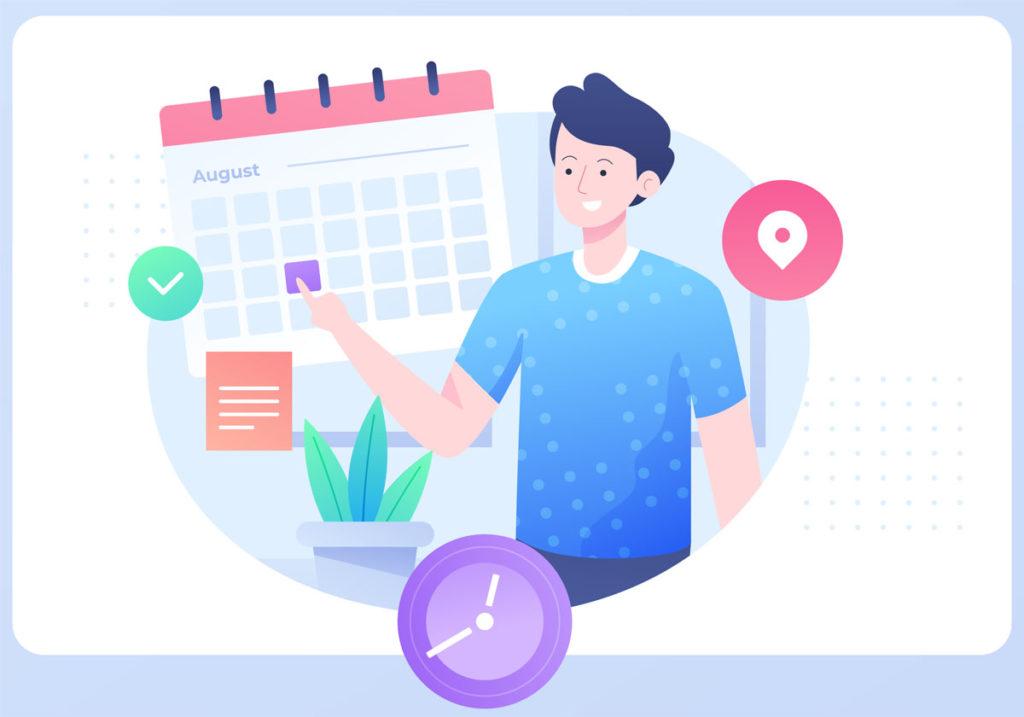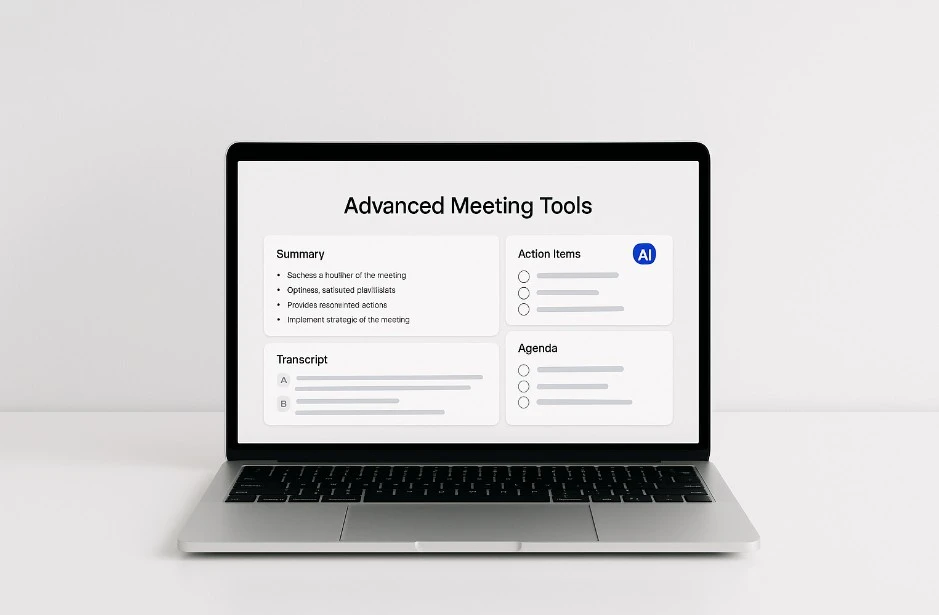
All About Optimizing Your Booking Page for Search Engines
BOOKAFY BLOG All About Optimizing Your Booking Page for Search Engines IN THIS POST Have a booking page, but not getting as many customers as you expected? That could be
The global revenue of the eCommerce industry is estimated to grow to $5.4 trillion USD by the end of the year 2022. And one of the best places to disrupt this industry is by setting up a Shopify store. If you have a decent product line for a high TAM (Total Addressable Market), you’ll not face many challenges.
One of the biggest reasons why Shopify businesses fail in their initial stages is because the strategies are not very sound fundamentally. Or they don’t even have a strategy, to begin with.
Most of the successful Shopify stores have certain things in common. They use the best Shopify apps like Shopify upsell apps, put effort into design to improve user experience, and prioritize the customer experience. All of it boils down to one thing– creating a robust strategy and working hard on the execution part.
In this article, we’ll share the top 7 tips with you to boost the sales of your Shopify dropshipping store. Without further ado, let’s jump right into it.
Most Shopify stores, in their initial days, plan to execute email marketing campaigns without working on a lead generation strategy. It is essential to understand that sending random emails to random customers is not the most efficient way to improve your sales.
When you generate your own leads for eCommerce– every one dollar you invest in email marketing for them will bring you a whopping return of $45. If a little work on strategizing email campaigns can give you 45x ROI, you’ll be a fool to even think about skimping it.
Segmentation is something you’ll need to master, if you want to make most of these campaigns. You can start the segmentation from two buckets– audience and email workflow. Your audience list can have first-time customers, regular users, abandoned users, cart abandoned users, etc. And in the email workflow section, you can specify if the email is transactional, promotional, lifecycle marketing, etc.
When you send a mail to a specific set of audiences for a specific purpose, your email becomes more powerful and brings more sales.
You can have the best designed Shopify store on the planet, but customers coming up with new questions is something that’s not going to change. If you have a FAQ page and customers can’t find their answers there, they’ll look elsewhere.
There’s a way out though. Live chat software and a virtual phone system can help reduce the friction of questions during the shopping experience. When customers find answers to their questions rapidly, trust is built which ensures the purchase is completed without any worries.
Sometimes customers ask very generic questions, and it is not ideal to waste the time of your customer support team on routine questions. Hence, you can always opt for a chatbot that can automate the whole process of answering simple questions on your behalf.
Personalization of the online shopping experience is not a choice anymore. If you aim to run a successful eCommerce business and don’t work much on personalizing the experience for your customers, then you won’t stay in the game for a long time.
A study by Segment found out that more than 70% of the customers find themselves frustrated when they don’t get a personalized shopping experience. In the past, collecting data of customers used to be a challenge for businesses. But now, more than 83% of the customers claim that they’ll share their data with businesses to get a more personalized experience.
Learning from the eCommerce giant– Amazon, master product recommendation. Whenever customers search for something, show them the related products and some other available options that they might like. This is just one of the ways, there are many out there that can help in increasing sales for you.
Measuring and tracking the impact of a change you make on your Shopify store is quite challenging. Some changes can coincide with your successful marketing campaign, bringing more visitors. Someone can post about a product of yours on social media, which could lead thousands of uninterested customers to your site, making it impossible for you to determine what is working and what’s not working for you.
This is where A/B testing enters the chat– a scientific way to test how changes impact your conversion rates. In this scientific model, two variations of your page are shown to users and then it is analyzed which performs better in what metrics.
Though Shopify does not have a built-in A/B testing tool, there’s no shortage of external tools in the market. Google Optimize is a free to use tool that can draw over your site with a new version and then help analyze the captured data.
Coming straight to the point on this one. Don’t even think about building a successful online business without leveraging the power of Search Engine Optimization (SEO). It works on your visibility and makes it easier for potential customers to find your store, out of 5.23 million live websites already running worldwide.
There are many SEO tools available for Shopify using which you can optimize your store for search engines and attract more audience. Though Shopify is SEO-friendly at its core, there are still some shortcomings that you need to take care of on your own.
Try to keep your content completely original so that Google does not get any mixed signals about your store. Your product descriptions should also be unique and crisp. Moreover, any media that you put up on your store should be optimized for the search engines and must have alt text to it.
Businesses lose a chance on around 75% of their sales because of digital cart abandonment. What if you could contact those individual buyers and convince them to buy your product whenever they are ready? It can take your sales to a completely new level.
Guess what, there are some Shopify Cart Abandonment tools in the market that help you reach out to those customers, and give you a chance to bring them back to your store. The information of users abandoning the cart is saved in the Shopify admin database for three months under the Order tab.
Another hidden factor behind lost sales is poor inventory planning. Leveraging inventory forecasting tools helps ensure that when customers are ready to buy, the products they want are in stock.
You can incorporate an automation tool to reach out to these customers. And then, make sure that you track those sales, by using a CRM, as well as CRM and Google Analytics integration to send data about these sales to Google Analytics. Doing this will not only save your time but will also make the process quick and more effective.
A call to action is a button or link that catches the eye of the visitors and asks them to perform the actions that you want them to. Not every page has the same demand. On one side where your lead generation page will ask the visitors to share their information. On the other, your product page will want your visitors to make the purchase.
Here are some tips to keep in mind while creating CTAs:
No one sets up a Shopify to become successful overnight. It’s a long term investment in your product and customers. If you prioritize these two with a dash of tips that we have shared in this blog, your store will become a force to reckon with. The tips we have mentioned in this blog will help you provide a good experience to your potential and existing customers, which in turn will provide a massive boost to your sales.

Save your team time and money with Bookafy!
Using online appointment scheduling software, you can automate booking, reminders, syncing to calendars, fetching video meeting URLs, and much more. Try Bookafy free today!

BOOKAFY BLOG All About Optimizing Your Booking Page for Search Engines IN THIS POST Have a booking page, but not getting as many customers as you expected? That could be

BOOKAFY BLOG From Side Hustle to Full-Time: How ESL Tutors Scale Their Income with Smart Tools? IN THIS POST Do you remember working at your typical 9-5 job? You might

BOOKAFY BLOG How to Schedule Like a Pro with These Simple Hacks IN THIS POST Time significantly impacts how people evaluate their experiences. When time is wasted, customers often remember

BOOKAFY BLOG Improving Team Efficiency with Advanced Meeting Tools IN THIS POST Effective meeting coordination is essential for maintaining productivity within teams. By utilizing advanced tools, teams can streamline scheduling

BOOKAFY BLOG How to Create a Brand for Your Side Hustle on a Budget IN THIS POST Branding is necessary whether you’re turning your passion into a full-time business or

BOOKAFY BLOG Booking Software for Startups: How to Stay Lean While Scaling Fast IN THIS POST As a startup founder, you’re likely to balance a million tasks at once. Whether